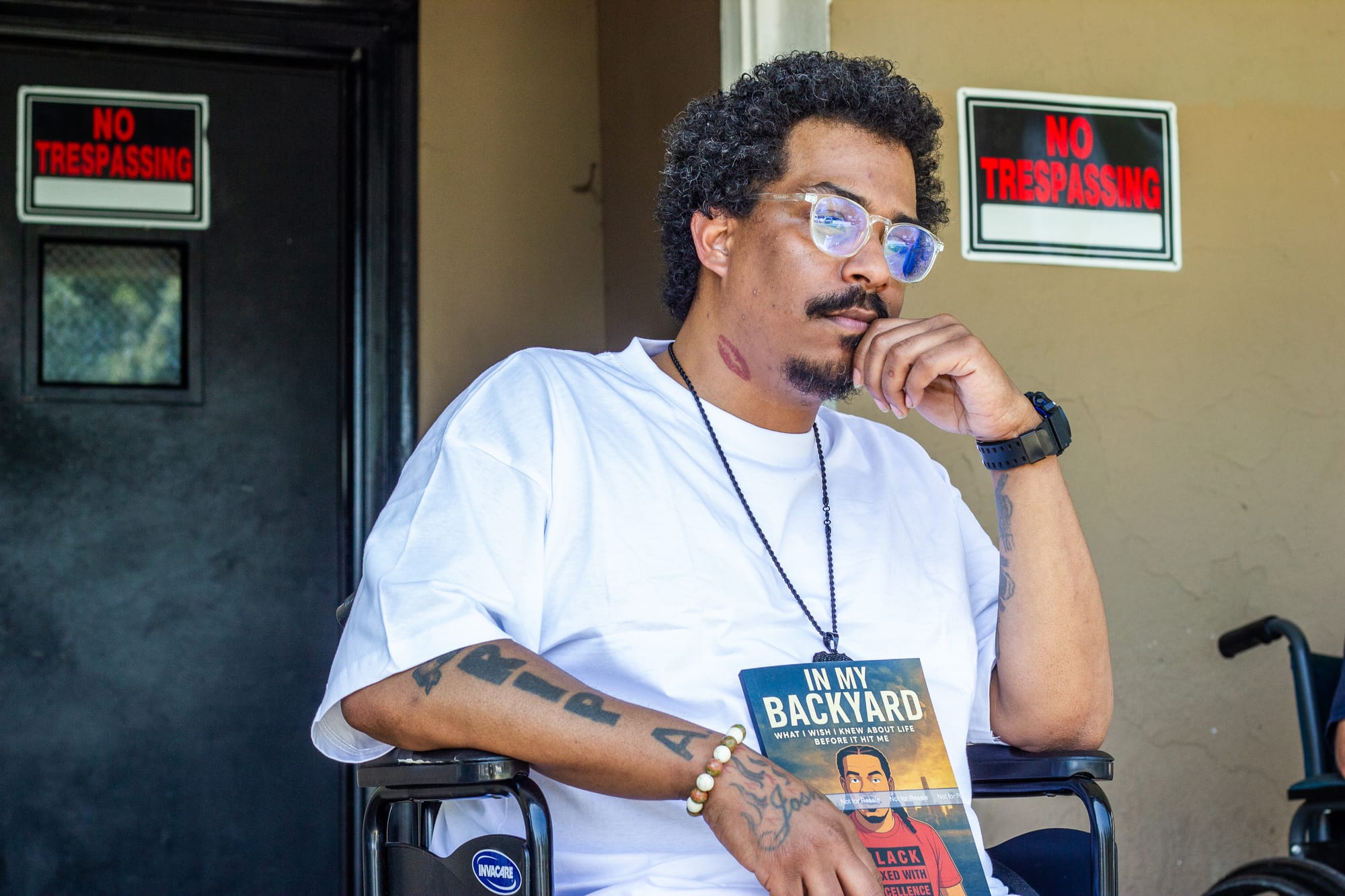
As the sweltering summer heat reaches unbearable temperatures, Baltimore’s unhoused population is in crisis.
Those experiencing homelessness sprawl out in the shade — if any is available — while at risk of dehydration, heatstroke, or death. Heat indexes have already exceeded 110 degrees this year, posing a lethal threat to a population that is not only growing in numbers but is also facing skyrocketing rates of substance use disorder.
The story of being unsheltered in Baltimore is one largely rooted in trauma and the government’s failure to protect its most vulnerable, according to those who spoke with Baltimore Beat. The forgotten population, many of whom can’t get as much as a wave or “hello” recognizing their humanity, spoke about chaotic drug use, physical and mental abuse, and life-threatening conditions as if they were innocuous childhood memories. That same drug use, those same memories of harm, were an anchor amid an unpredictable lifestyle, they said.
City officials have said that shelters are supposed to be that anchor, providing stability until permanent housing is acquired. Despite their intentions, what may seem like a saving grace amid a dual housing and overdose crisis is instead seen as a death sentence.
“The people who choose not to go into the shelters — some of them got different stories,” said Mark Council, who spent years on the streets and in shelters in Baltimore after the loss of his mother in 2010, the same year he was diagnosed with a pulmonary embolism that put his life at risk.
“The main one is that the system is broken; they don’t feel safe in a shelter as opposed to being out on the street. They just feel safe out there in the elements. And being out there is trauma. It’s a sickness. Trying to survive out there… You have the elements, you have animals, you have people,” Council said.
Council now informs policy decisions affecting the city’s unhoused population as chair of Health Care for the Homeless’ Consumer Relations Committee. He also advocates for policy as part of the community organization Housing Our Neighbors.
Advocates and experts on homelessness have repeatedly said that housing is the only solution to the problem. They describe the currently available shelter systems as piecemeal efforts that fail to meet the needs of unhoused individuals — people who are more likely to face mental health and substance use disorders.
Shelters in Baltimore don’t provide a holistic approach to addressing homelessness, said Sabriya Linton, an associate professor specializing in substance use and mental health at the Johns Hopkins Bloomberg School of Public Health. Rather, they’re simply a roof over one’s head.
While case managers are available, those with experience in shelters say help can take months, if it is received at all.
In an ideal world, Linton said, shelters would have in-house, wrap-around services, offering professional assistance with mental health, substance use disorder, and acquiring long-term housing, rather than outsourcing those services.
Many experiencing homelessness aren’t provided those services, and so need to find other ways to address the trauma they carry. In response, they’ve searched for solace, or at least a sense of familiarity, to cling to — whether that be an encampment, their own spot on a street corner, or drugs.
“There are certainly some unsheltered folks who initiate [drug use] because of the trauma while being in a shelter. But then you have those who were actively using at the time they became homeless,” Linton said, adding harm reduction services that make drug use safer often aren’t available in shelters.
“On average, you’ll see a worsening of drug use in terms of frequency.”
Christina Flowers, founder of Belvedere Real Care Providers and a local advocate for people experiencing homelessness, said shelters have become an inadequate, temporary “solution.”
“Some of these shelters become a Band-Aid,” Flowers said.
“They become a portal for institutionalizing individuals who can’t navigate the system. Once they are under their care, [those institutions are] supposed to be service providers. Instead, they end up being in those shelters for years.”
“When you’re putting everyone in the same low-barrier shelter to manage all of their day-to-day trauma… when you put all of these individuals in the same environment to manage themselves, then you’re blending a cocktail. You’re blending something that’s bound to create more problems.”
Those problems are likely getting larger — and more complex — as evidenced by city data.
At a Baltimore City Council hearing in late April, Ernestina Simmons, director of the Mayor’s Office of Homeless Services, presented preliminary data from the 2025 Point-in-Time count, which is used to gauge the number of unhoused individuals on any given night in the city.
Though the PIT counts are known to underestimate homeless populations and “should not be used to advise policy decisions,” according to the National Law Center on Homelessness and Policy, the city often relies on the data, particularly for federal funding.
With more than 2,000 unhoused Baltimoreans counted, the PIT data showed that both the total number of emergency shelter recipients and the percentage of unhoused individuals who report having substance use disorders have skyrocketed.
More than 3,200 people were in emergency shelters on any given night, more than doubling the number in 2023, when there were about 1,500. And, compared to 23% of people reporting having substance use disorder two years ago, a whopping 76% reported being addicted to a substance this year.
“[Addiction] is something our community has to be intentionally focused [on]. It makes it far more challenging to navigate a housing system that’s fairly complex to get into housing once you’re suffering from addiction,” Simmons said.
The city itself does not operate any shelters, though it does fund six low-barrier shelters, which are more accessible due to more lax restrictions such as sobriety and documentation requirements. These are the shelters and their capacity:
- Holiday Inn Express (TIME Organization): 120 men
- Sleep Inn & Suites (TIME Organization): 56 rooms available for families and couples.
- Fairfield Inn & Suites (TIME Organization): 145 women.
- Sarah’s Hope Shelter at Mount Street: 36 families.
- Historic East Baltimore Community Action Coalition Nest Youth Shelter: 10 youth.
- Weinberg Housing and Resource Center: 195 people in a congregate space, including men and women.
In a statement, Jessica Dortch, spokesperson for the Mayor’s Office of Homeless Services, said trans and nonbinary individuals “have full autonomy in deciding which shelter space they would prefer to stay based on their level of comfortability, safety, and other factors that vary from individual to individual.”
According to a study by the UCLA School of Law Williams Institute, 44% of trans individuals “experienced some form of mistreatment at a shelter, including harassment, assault, or requirements to dress or present as the wrong gender in the shelter.”
Another 30% were denied shelter entirely, according to the study.
Such issues don’t seem to be as present in Maryland, said Renee Lau, administrative assistant and senior projects coordinator at Maryland Safe Haven, though safety concerns among the community still exist. As a result, some trans individuals, including herself when she was briefly homeless, have had to hide their true gender to avoid confrontation.
“You walk the halls as one persona, and then when you leave, you have clothes underneath. It’s a dysphoria issue from hell,” Lau said.
Safe Haven offers transitional housing and harm reduction services, all catered to the LGBTQIA+ population, as a stopgap.
While the city heavily relies on its shelter capacities, officials do not pretend that the shelter system is the end-all, be-all.
“There are many reasons that clients may decline shelter and remain unsheltered, this includes but is not limited to their lack of comfort in a shelter setting, concerns regarding rules that are in place in shelters such as curfews, lack of privacy, among other factors that are unique to that individual,” Dortch said.
For Charminque Greer, it was her health.
Greer, a 34-year-old mother with stage 3 breast cancer, became homeless in January after the roof of her apartment, owned by what she described as a slumlord, collapsed. Greer co-founded the B’More Center for Healthcare and Continuing Education, an allied healthcare training center, with her husband in 2020.
Greer and her husband moved into the Sleep Inn & Suites shelter without their young daughter, who instead stays with her grandmother. Greer didn’t want her daughter to be exposed to an institutionalized environment with security checks, a prison-like regimen, and poor conditions, she said.
Greer said the shelter rooms had roach and bed bug infestations, and employees had to “bomb” the rooms to try to rid them of pests. But it was exposure to bacteria and dust mites that put her in the hospital in mid-June.
After her toilet backed up, she said, her tub filled with dirty water. She was told to put a towel under the door and wait for a plumber.
It took four days for the plumber to come, she said.
Next thing Greer knew, she had trouble breathing. She would cough, wheeze, and vomit, and her skin broke out. After being hospitalized, she found out she had fungal pneumonia, a lung infection caused by inhaling fungal spores. Notes from her hospital visit confirm she was diagnosed with pneumonia, noting mold exposure in the shelter room.
“I went through several rounds of chemo and a partial mastectomy years ago — one of the hardest things in my life,” Greer said. “But that fungal pneumonia… how it hurts my back and my chest. It hurts so bad.”
She was in the hospital for five days and is now dealing with neurological issues and a weakened immune system, which is preventing her from getting a partial mastectomy required for her cancer treatment.
Her experience at the shelter was traumatizing, she said. Not only did the environment take a toll on her, but Greer said she was disrespected and dismissed by staff. She recalled how some staff members would torment those who used drugs, treating them as if they weren’t human.
She and her husband are now staying in a hotel. The shelter is the last place she wants to go.
“We are grateful to be somewhere with a roof over our heads,” Greer said. “But we still shouldn’t be dehumanized.”
Others have found solace outside the shelter system as well.
Two decades ago, Joshua Moore spent a year homeless in Baltimore. He now lives in transitional housing in West Baltimore. At 38 years old, he is disabled and uses a wheelchair. Homelessness is a distant past for him, yet he vividly recalls his time on the streets.
“It was horrible,” Moore said. “It was challenging, and it was scary at times. You don’t know when your next meal is, stealing to survive.”
Yet those conditions were not enough to convince Moore to stay in a shelter.
“Baltimore treats homeless people, people in wheelchairs, like shit. Drug users, we’re all in the same boat.”
Freddie Faulk, a 59-year-old former roommate of Moore's who is also disabled, moved to Baltimore from Knoxville, Tennessee, a year ago, and arrived just before Christmas. He said he was unable to get into an emergency shelter, as they told him they couldn’t accommodate his disability as a wheelchair user.
Denied access to a shelter, he spent another night in the freezing cold on the streets of Baltimore.
“They say they’re going to help you. They say they’re going to give you [everything you need]. That doesn’t make sense to me,” Faulk said.
“There’s nothing there that helps you. You’re going to continually be in that shelter because it’s a trap. They get you in there just to keep you. As long as they keep you, they’re getting paid by the bodies that are in that building.”
For Moore and Faulk, transitional housing has been a life-changing experience. While there, Faulk was able to obtain stability and no longer fears being left out alone in the cold. For Moore, it created an opportunity. While there, he was able to publish a memoir detailing the myriad of roadblocks he overcame to get where he is today, from living on the streets to rebuilding his life in transitional housing.
Moore and Faulk spoke with a sense of hope and relief — a luxury that isn’t experienced by many on the streets of Baltimore.
Many of those who spoke with the Beat detailed existing trauma and drug use as factors that thrust them into the shelter system. Now they don't consider shelters an option.
Brianna Phillippe, a 29-year-old mother of three, described the shelter system as chaotic, where crowded facilities house people with severe mental health issues and substance use disorder with no services to provide treatment. Inside, personalities often clash, and drug use is rampant, she said.
“I’ve been through it all,” Phillipe said. “I’ve been physically assaulted, sexually assaulted. I prostituted. I got high. I broke into abandoned houses. I’d still rather thug it out in the streets than be in a shelter.”
After living on the streets for a year, Phillippe was kicked out of the TIME Organization Emergency Women’s Shelter in Jonestown. She had stayed there for six months before traveling to New York to see her children, where she ended up getting arrested on old charges. Her three children, aged 7, 8, and 14, stay there with family because she was unable to find a shelter that would take them all in.
“When I came back, I was homeless. So I ended up going into a program for housing, and to help me with recovery as well. I’ve had a lot of struggles with the shelter system.”
It took months for her to hear back when she asked a case manager about getting into a drug treatment program. She’s on the city’s public housing waitlist, but that could take years, she added.
If she were to stay in a shelter, the up-close exposure to drug use could pose a similarly dire threat as the weather. Phillipe is now in a drug treatment program that provides housing, remaining abstinent and hoping to reunite with her children.
Drug use at shelters is not permitted, though people are not drug tested, Dortch, the MOHS spokesperson, said.
Open drug use may trigger those in the shelter who try to remain abstinent. At the same time, shelters don’t offer any harm reduction services to ensure those who actively use drugs — the supply of which has become increasingly lethal and unpredictable — are as safe as possible.
Local nonprofit harm reduction organizations have made it their mission to fill those gaps, providing targeted outreach to unsheltered individuals who use drugs.
Health Care for the Homeless is a leading organization in services targeting unsheltered individuals, providing both housing and harm reduction services. In 2024, the organization launched “mini clinics” at two shelters to bring health care services to shelter residents, and hopes to expand to more locations in the future.
The nonprofit offers medication-assisted treatment along with primary care and behavioral health services clinics in the city and Baltimore County. It also runs a syringe service program, which provides sterile syringes to prevent the spread of diseases such as HIV.
Even with those services, however, there’s only one real solution: housing.
“Only housing ends homelessness,” said Hanna Mast, the organization’s spokesperson. “Every clinical intervention we provide is made better and more effective if rooted in permanent housing. We are strong proponents of the Housing First paradigm and work toward more housing in many ways: through budget advocacy to continue investments in permanent supportive housing.”
Until that happens, organizations such as Behavioral Health Leadership Institute have made it their mission to meet unsheltered individuals where they are at.
On a rainy day outside the Baltimore Central Booking and Intake Center, harm reduction workers stood under tents, directly in front of a barbed wire fence. Parked on the street was a massive, colorful van that listed just some of the services the organization offers.
The location is strategic; the institute focuses on providing services to individuals post-incarceration, who are at a significantly higher likelihood of fatal overdoses. It also serves a large contingent of unsheltered individuals.
Many of its clients do not have IDs, a lack of which can pose significant roadblocks for people seeking virtually any services, said Executive Director Deborah Agus. In response, the organization provides temporary, on-site IDs that local pharmacies will accept when a client has to fill medications such as buprenorphine, which is prescribed for opioid use disorder.
Providing life-saving, judgment-free services to those who once used drugs or actively use them is a core tenet of the organization.
Under one of the tents, Alishiea Hughes, a 43-year-old woman who has lived on the streets since she was just 18 years old, was speaking to an on-staff doctor to get her Suboxone. Also known as buprenorphine, the drug helps curb opioid cravings and is considered one of the gold standards for the treatment of opioid use disorder.
Hughes, with a youthful, lively energy, excitedly recounted how she had just started the medication. She had been mostly off drugs for years, but when her drug cravings returned, she sought out services.
She didn’t have to go far; she often stayed nearby, living on the streets. It's much better than shelter, she said, which doesn’t offer the medication anyway.
“It’s overcrowded, they’re putting too many people in the rooms that you’re used to being in by yourself. Y’all fighting, y’all hitting each other, y’all throwing shit at each other, I can’t deal with that.”
“Out here, we still got umbrellas, we still got blankets. You still got thick clothes. I have the medication I need. You can just move away from a person that’s getting on your nerves, find another hole and have a little spot. It’s easier out here,” she said.
Dave Fell, BHLI’s outreach manager, said others have not been so lucky. In June, harm reduction workers found a woman in a porta-potty just steps away from where they usually set up.
“I opened it up, and a woman was lying in a pile of vomit and stomach bile because she had been released from jail at like midnight,” Fell said.
“Nothing was open, and she didn’t have any resources. She didn’t have a phone. She didn’t have a ride. She had her Suboxone confiscated when she got arrested and was reduced to spending the entire night inside a porta-potty, going through vicious withdrawals. She was just shaking, and she was freezing cold. That’s the reality of getting incarcerated, having your recovery interrupted by incarceration and you have nowhere to go.”
BHLI workers had an ambulance take the woman to a hospital.
The overlap between drug use and homelessness is well-documented. Studies have shown that more than one-third of unsheltered individuals are dependent on alcohol, and more than a quarter use drugs. As evidenced by local data, however, those rates have seemingly increased in recent years.
Linton, the professor specializing in substance use and mental health, said substance use impacts housing stability and health in myriad ways. Most of the issues stem from the fact that prohibition has left an indelible mark on those impacted, preventing them from receiving life-saving services.
“Because those substances are illegal, that can prevent you from getting housing,” Linton said. “Public housing also discriminates or excludes people who have records, and it can also take housing away from people who already have it because they can get evicted for drug use.”
In fact, Linton added, it doesn’t even have to be active drug use that can get someone put out on the streets. If someone shares public housing with another individual who is using drugs — or has someone visiting who does — they are still at risk of eviction and other consequences.
Drugs, meanwhile, can be both a factor in becoming homeless and a way to cope with it.
Mayor Brandon Scott has attempted to address homelessness through a housing-first approach. Last year, the city acquired the Sleep Inn and Suites and the Holiday Inn Express properties in Jonestown with funding from the American Rescue Plan Act to bolster its shelter capacity.
Then, in May, Scott announced the introduction of the Housing Options and Opportunity Act, which aims to lower the cost of housing in Baltimore by expanding access to multi-family homes. It would do so by establishing a new class of “low-density, multi-family housing.”
However, the bill, along with four others designed to bring much-needed affordable housing to Baltimore, have yet to see any movement. They must first be approved by the planning commission before the Baltimore City Council Land Use and Transportation Committee can vote on them, and it’s unclear when that will happen.
Under Scott’s leadership, the city has also continued to clear encampments.
Under the city’s new Encampment Resolution Protocol, which took effect in January 2024, the city cleared 43 encampments across the city last year. As of June this year, two encampments have been dissolved, and an estimated 21 remain throughout the city.
Under the new protocol, encampments are only shut down — officials refer to the process as “resolving” encampments — if shelter beds are available.
“Residents work with outreach workers to sort their belongings and get connected to services in the form of shelter, case management, transportation, mental health assistance, etc., so that they no longer need to rely on that site as their primary means of shelter,” Dortch, the MOHS spokesperson, said.
“Our goal is to ensure our shelters are available to clients once they choose to accept, shelters are safe and feel like a space that clients can go to receive shelter and support that leads to housing stability.”
When asked about concerns about the growing homeless population and a potential lack of capacity, Dortch said, “There are many shelter service providers who are able to house clients in shelters or housing outside of what the City has available.”
“Upon entrance to our shelters, residents can choose to meet with on-site case managers to identify their needs and connect them to services including substance abuse treatment, mental and behavioral health services, employment assistance, etc., and also transportation assistance to help residents,” she said.
Individuals may opt to stay at their encampment, where they have a sense of community. However, they often aren’t engaged while there, leaving some helpless — or dead.
“The encampments have been so neglected; they’re dilapidated and deteriorating,” Flowers said. “The city has left the encampments unattended and disengaged. That leads to a lot of these opioid deaths that are happening at all of these encampments.”
City officials have cited ballooning housing costs and related evictions as a prominent reason for rising homelessness. That’s also been met with a lack of funding for eviction prevention and other services.
MOHS does, however, expect an increase in funding for the upcoming fiscal year.
Scott’s budget includes nearly $74 million for the agency, an 18.5% increase over the year prior. It also includes using $3 million from the city’s new Opioid Restitution Fund to augment the city’s shelter capacity.
That funding increase, however, comes with a caveat: Like many other areas of the city’s budget, federal funding cuts under President Donald Trump threaten to upend the city’s financial priorities.
In June, the Baltimore City Continuum of Care, part of a U.S. Department of Housing and Urban Development initiative serving homeless individuals, called for Congress to reject Trump’s “One Big Beautiful Bill.” The budget legislation aims to gut social programs, public health initiatives, and other areas as part of cost-saving measures.
“These cuts aren’t just numbers — they are eviction notices in waiting,” said COC Vice Chair Jamal Turner in a statement. “We are not just standing with MOHS and [the Housing Authority of Baltimore City] — we are advocating for them, because their ability to respond to crises and stabilize families is on the line.”
Against a sea of warnings, both chambers passed the bill on party-line votes. Trump signed the bill on July 4.
Harm reduction organizations and the health department have already sounded the alarm about how Republican-led austerity measures could impact their efforts. The COC listed a variety of local impacts, including the loss of housing assistance for more than 6,000 Baltimoreans, eviction risks for nearly 3,000, and the elimination of numerous assistance programs.
As politicians fight over fiscal priorities, the often-forgotten homeless population fights to hold on to their sense of humanity.
Advocates for those experiencing homelessness have emphasized that housing is the only real solution, but that solution can feel out of reach. That comes despite the fact that, logically, it seems well-within the capabilities of city government when looking at how much money officials pour into other areas of the city budget.
For those like Council, who has been on both sides, it's a frustrating fight.
Council has experienced homelessness, both in shelters and on the streets. And he's also experienced what it's like to not worry about having a roof over his head. Now, he channels his energy into advocating for the rights of unsheltered individuals — their right to humanity and to housing.
For him, it's life and death.
“All of these things we take for granted, because I’ve seen firsthand that people have died in these shelters," he said.




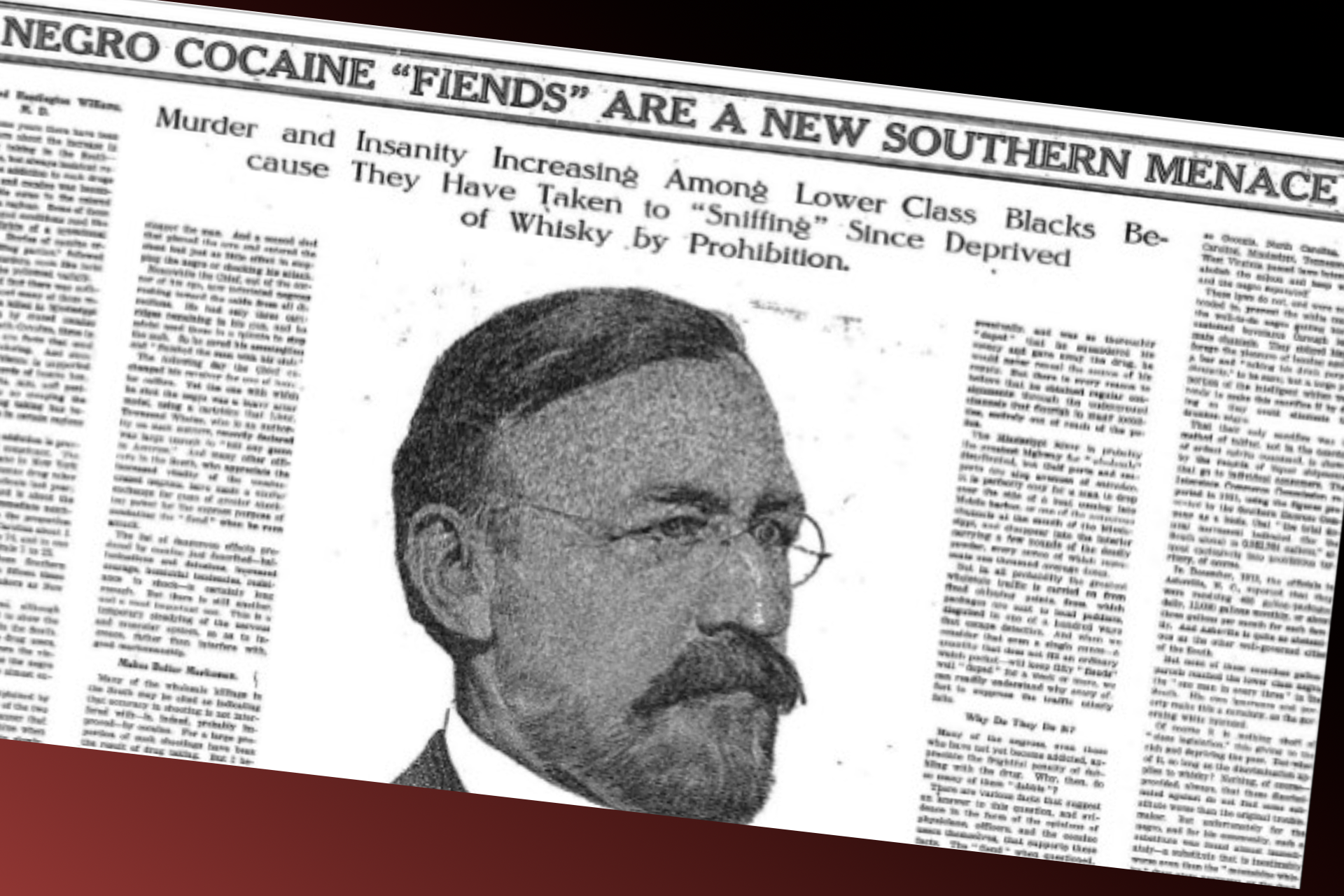
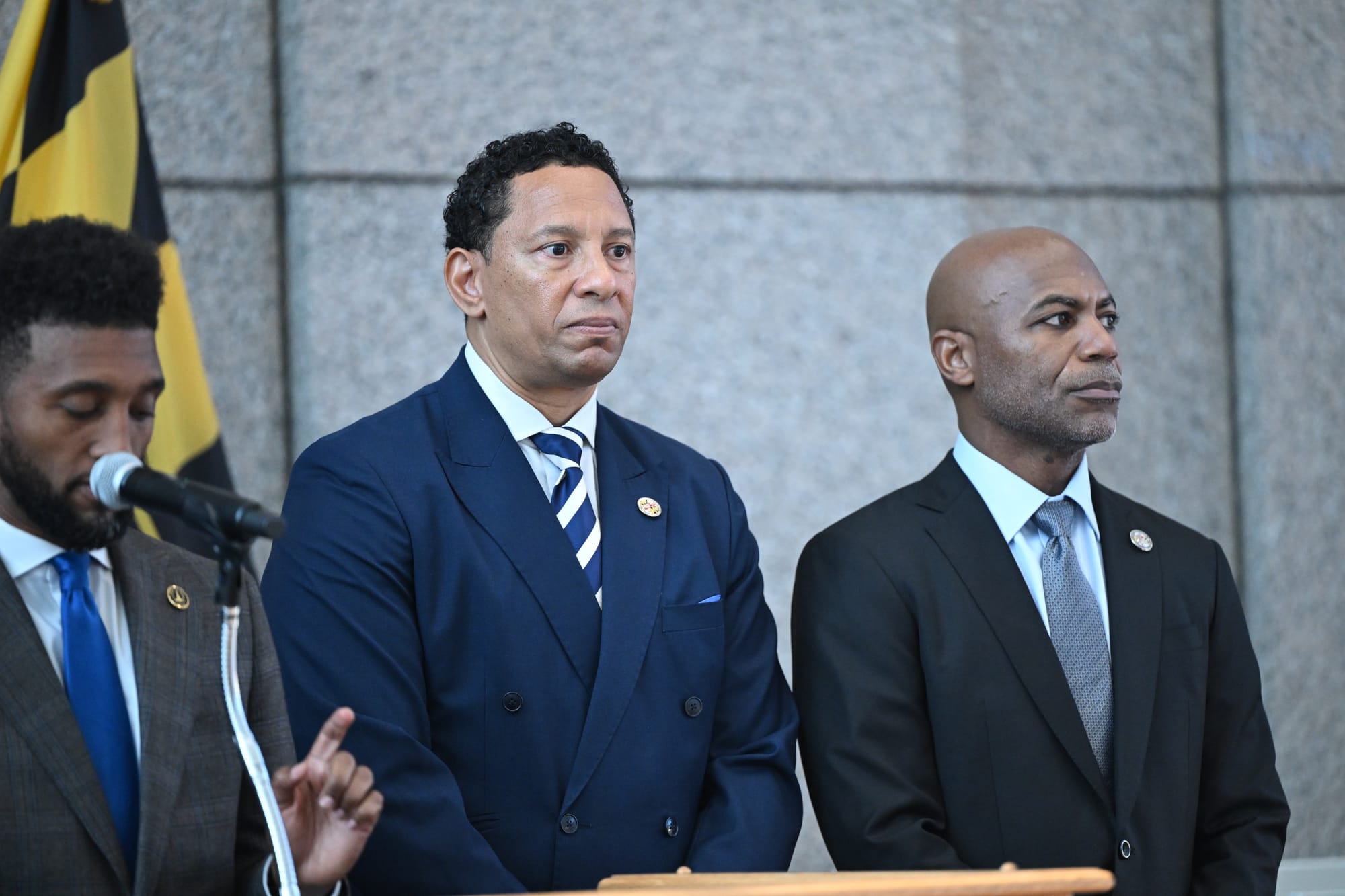
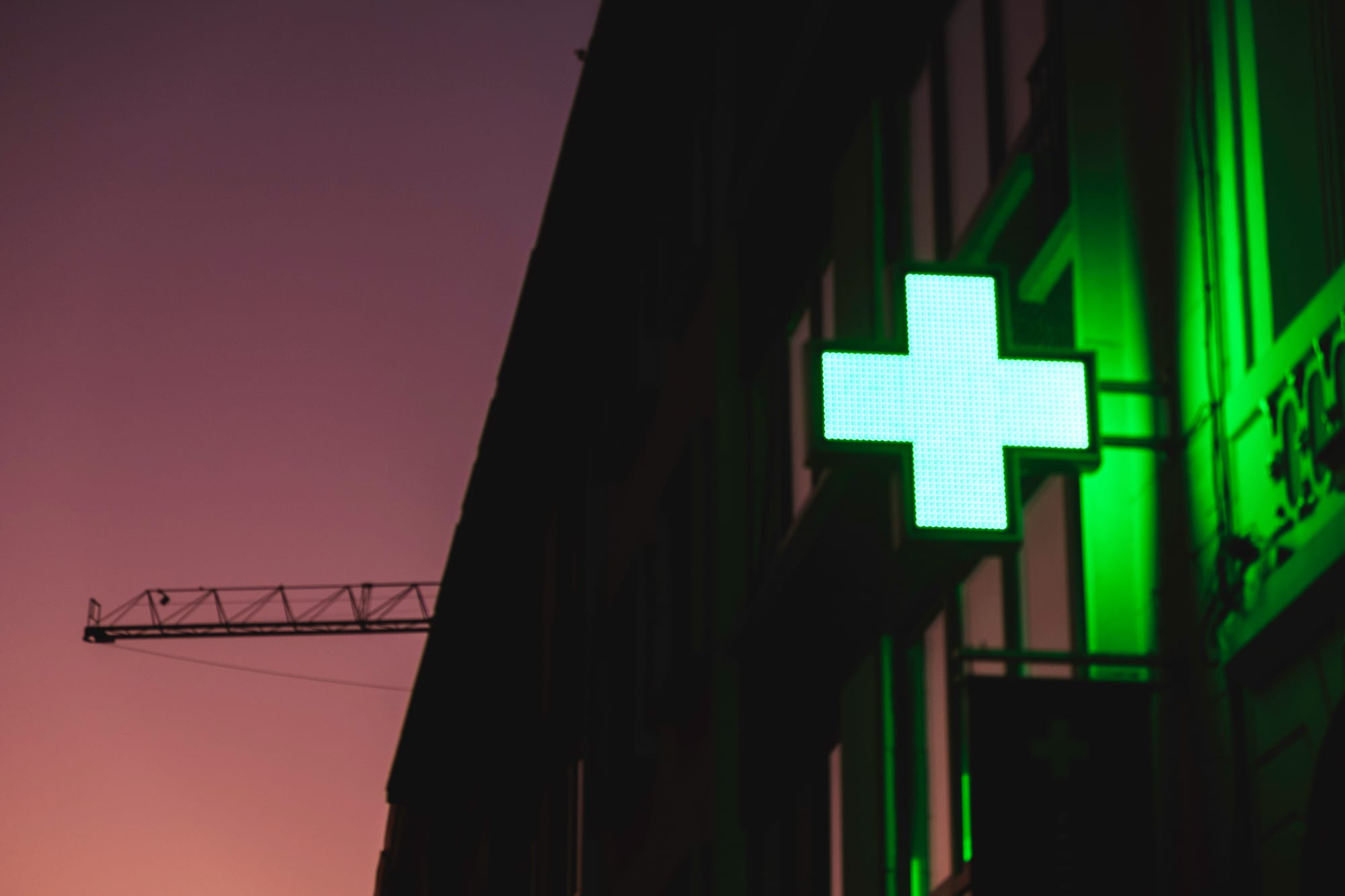
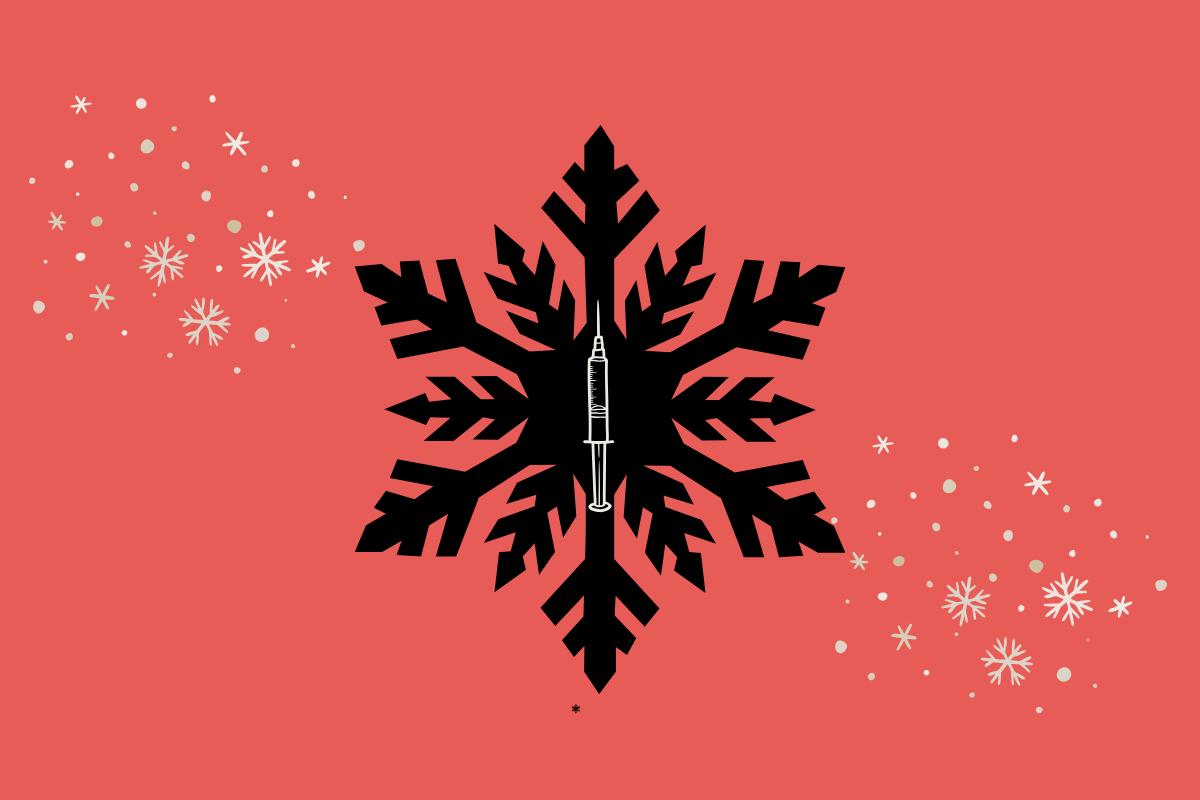
Comments